
I’m embarrassed to admit this, but before the leaked Supreme Court opinion, I had not connected the proximity of the Roe v. Wade decision and the passage of Title IX.
Yes, of course, I knew that Title IX was June 23, 1972. And that Roe v. Wade was 1973 (Jan. 22). But I had always held them as separate historic events that unfolded as I hit middle school.
Now, the “50-year anniversary” reminder attached to each has brought this temporal proximity (seven months) into view. Today these watershed events look less like sturdy partners on the road to gender equality and more like moments that foreshadowed a fraught present.
Roe v. Wade and Title IX bore the stamp of the times. Which was not to address inequality, but—like female athletes forced to re-use men’s sweaty athletic tape and wear their old uniforms and equipment, as Bernice Resnick Sandler reported—to jerry-rig something that let women shove a foot in the door.
And shove a foot in the door they did. Thanks to Roe v. Wade, women’s labor participation rose from 43.3 percent in 1970 to 57.4 percent in 2019 while men’s declined from 79.7 percent to 69.2 percent, according to federal data. However, the pandemic revealed the precariousness of such advances as striking numbers of women left the workforce amid reports of an extreme toll on wellbeing.
Like Roe v. Wade (rooted in the right to privacy and not actual gender equality) Title IX sought to address a problem—educational access—without disrupting what had been built for men.
Recently, Treasury Secretary Janet Yellen warned that the end of Roe v. Wade would “set women back decades.” Already, we have heard suggestions that women who get abortions be charged with murder (for now, removed from a Louisiana bill; charges against a Texas woman were recently dropped). What’s more, we had to hear an Ohio state legislator proclaim that forcing a rape victim to bear a child would offer her an “opportunity.”
Nowhere have I heard about men’s responsibility in the abortion debate. Or new obligations or restrictions on their bodies.
Which brings me to Title IX. Like Roe v. Wade (rooted in the right to privacy and not actual gender equality) Title IX sought to address a problem—educational access—without disrupting what had been built for men.
Although Title IX was passed in 1972, regulations were not issued until 1975. Then, President Gerald Ford (a college football player) wrote to House and Senate leaders to welcome hearings as NCAA leaders voiced fears that the law “would signal the end of intercollegiate programs as we have known them for decades.” To be clear: Debate around Title IX was most concerned with preserving the sanctity of men’s sports.
Today, we face the consequences of a system built on the sex segregation of sport, that never demanded equality for female athletes, but rather gave rise to a complex set of rules around access and progress. Still, women have made strides. Most notably, U.S. Soccer recently agreed to provide men and women equal pay and World Cup prize money.
Yet, at the same time some female athletes get their just rewards, we face the question of how to include transgender athletes. It is a challenge to the sex-segregated structure of sport that has been waiting to unfold.
In some ways, this is nothing new. The International Olympic Committee and individual sport federations have grappled with it for years, puzzling over the necessity (or not) of surgery, hormone replacement regimens, and measuring testosterone levels so athletes may compete in the gender category that aligns with their identity.
Gender, biological sex, and the definition of a "physical advantage" are more complex than they appear on the surface. Which attributes are a boon varies depending on the sport. It’s no surprise that those physically endowed in some manner may have an edge.
Yet, given the public dominance of traditional male sports, it’s easy to forget that sports can be endlessly flexible. They are socially constructed. We may, at any time, at any level, organize, score, or arrange things differently. (Until 2004, badminton was played to 15 points, 11 for women’s singles. Now, all go to 21.) If we can create handicap systems and weight classes, each sport can find a fair way for all to compete. We could have co-gendered competitions, trans-specific or trans-integrated sports.
Title IX, like Roe v. Wade, looked like a tremendous win. And it was. But, before we further fuel a culture war in women’s sports, let’s recognize that we are bearing the backlash of legal strides, however wonderful, that never fully guaranteed women’s equality with men. Half a century on, it’s time to demand more.
Throughout the month of June, we’ll be exploring some of the new frontiers of Title IX here on Women Change Worlds.
Laura Pappano is writer-in-residence at the Wellesley Centers for Women. An experienced journalist who writes about education and gender equity issues in sports, she has been published in The New York Times, The Hechinger Report, USA Today, The Atlantic, The Boston Globe, The Washington Post, and The Christian Science Monitor, among other publications. She is working on a book about parent activism in public schools.



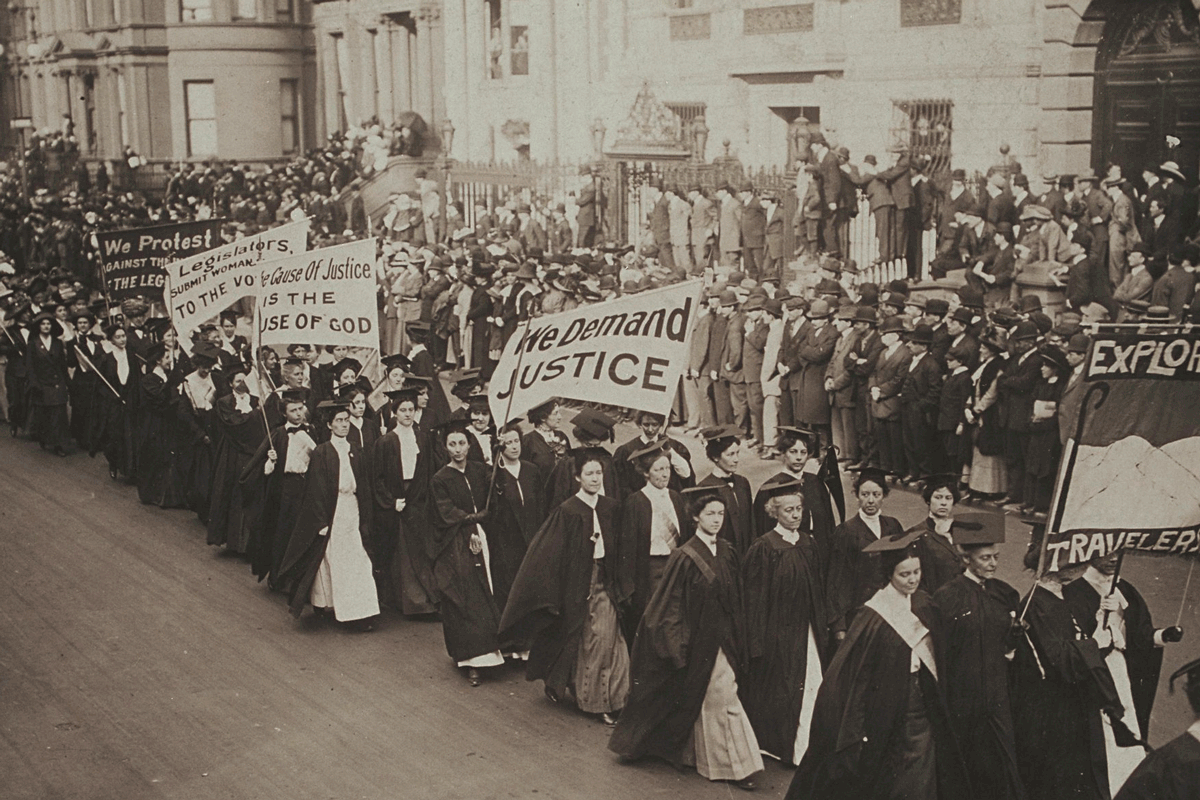
 The long march towards progress is often one that extends across generations. The U.S.
The long march towards progress is often one that extends across generations. The U.S.  I have been a fan of
I have been a fan of  With our cell phones actively participating in locating the office, along with the skills of our car service driver, we arrived after lunch on November 14, 2017. About 12 women artisans were gathered together along with some staff -- they greeted us with a special handmade mandala on the floor, and after a candle lighting ceremony, they sang us a song that they had written.
With our cell phones actively participating in locating the office, along with the skills of our car service driver, we arrived after lunch on November 14, 2017. About 12 women artisans were gathered together along with some staff -- they greeted us with a special handmade mandala on the floor, and after a candle lighting ceremony, they sang us a song that they had written.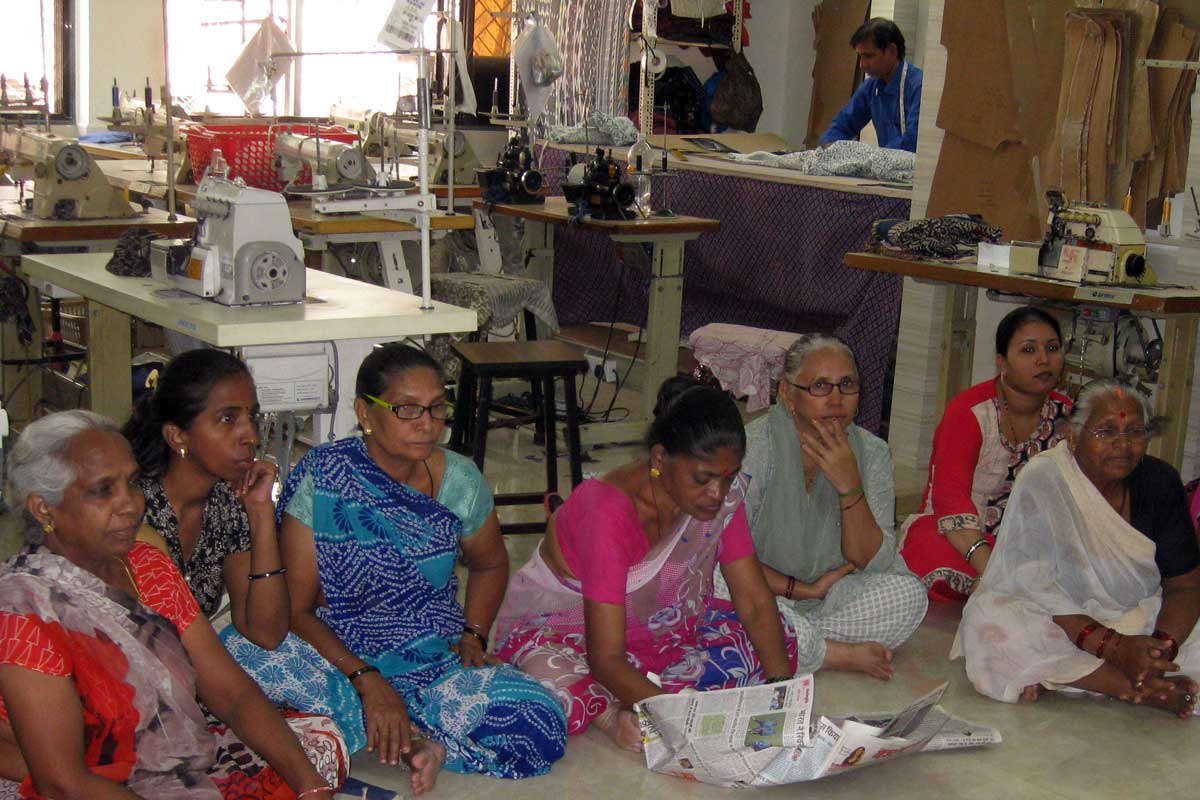

 Over the summer, Alan visited us here at the Wellesley Centers for Women, and here’s what he had to say about Maggie>>
Over the summer, Alan visited us here at the Wellesley Centers for Women, and here’s what he had to say about Maggie>>
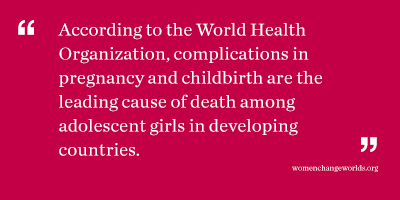 services to women and girls who need them. What our clinic staff has seen firsthand is that blocking access to abortion and comprehensive reproductive health care doesn’t stop them from being needed, or even stop them from happening — it just keeps them from being safe. Due in large part to extensive abortion bans throughout the region, 95% of abortions in Latin America are performed in unsafe conditions that threaten the health and lives of women.
services to women and girls who need them. What our clinic staff has seen firsthand is that blocking access to abortion and comprehensive reproductive health care doesn’t stop them from being needed, or even stop them from happening — it just keeps them from being safe. Due in large part to extensive abortion bans throughout the region, 95% of abortions in Latin America are performed in unsafe conditions that threaten the health and lives of women.
 Service occupations, such as maids and housekeeping cleaners, personal care aides and child care workers, are the lowest paid of all broad occupational categories. This disproportionately affects the earnings of
Service occupations, such as maids and housekeeping cleaners, personal care aides and child care workers, are the lowest paid of all broad occupational categories. This disproportionately affects the earnings of  In the mid-1970s, Stanford-based psychologist
In the mid-1970s, Stanford-based psychologist 
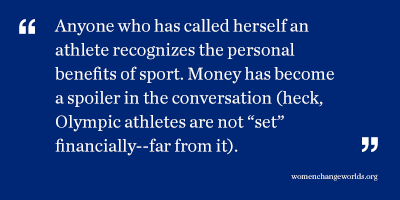 Championship, was confused when he arrived on campus. His
Championship, was confused when he arrived on campus. His 
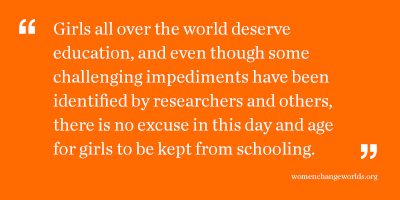 capital. It was witnessing homelessness in her city that inspired her to figure out how she and her family could make a real difference, and her “power of half” principle has since become a movement.
capital. It was witnessing homelessness in her city that inspired her to figure out how she and her family could make a real difference, and her “power of half” principle has since become a movement.



 The Commission also stated that the post-2015 development agenda must include gender-specific targets across other development goals, strategies, and objectives -- especially those related to education, health, economic justice, and the environment. It also called on governments to address the discriminatory social norms and practices that foster gender inequality, including early and forced marriage and other forms of violence against women and girls, and to strengthen accountability mechanisms for women's human rights.
The Commission also stated that the post-2015 development agenda must include gender-specific targets across other development goals, strategies, and objectives -- especially those related to education, health, economic justice, and the environment. It also called on governments to address the discriminatory social norms and practices that foster gender inequality, including early and forced marriage and other forms of violence against women and girls, and to strengthen accountability mechanisms for women's human rights. But how do recruiters on the front-end value a varsity credential? Does sports participation in college, for example, offer access to enter a corporate career?
But how do recruiters on the front-end value a varsity credential? Does sports participation in college, for example, offer access to enter a corporate career?
 Just because we don’t all work for social change organizations, however, doesn’t mean there aren’t major ways we can make each a difference. What do you care about? What change would you like to see in the world? As great and necessary as organizations are in the social change equation, they are not the end-all and be-all. Individuals and small groups, even when they are working for change outside formal organizations, can make a monumental difference in outcomes for many through partnering, advocacy, endorsement, and financial support. As
Just because we don’t all work for social change organizations, however, doesn’t mean there aren’t major ways we can make each a difference. What do you care about? What change would you like to see in the world? As great and necessary as organizations are in the social change equation, they are not the end-all and be-all. Individuals and small groups, even when they are working for change outside formal organizations, can make a monumental difference in outcomes for many through partnering, advocacy, endorsement, and financial support. As 
 members of Twitter’s board members have undergraduate degrees from liberal arts colleges: one has a degree in English; another in Asian Studies. Couldn’t female experts in entrepreneurial management, intellectual property law, investment management contribute, for example, contribute positively within such a governance structure? It was smart of Twitter to include diversity of educational and work experiences on its board. Twitter (and all corporations) needs to stop making excuses and go for greater diversity, by including female, minority, and international members on its board.
members of Twitter’s board members have undergraduate degrees from liberal arts colleges: one has a degree in English; another in Asian Studies. Couldn’t female experts in entrepreneurial management, intellectual property law, investment management contribute, for example, contribute positively within such a governance structure? It was smart of Twitter to include diversity of educational and work experiences on its board. Twitter (and all corporations) needs to stop making excuses and go for greater diversity, by including female, minority, and international members on its board. Social Justice Dialogue: Eradicating Poverty
Social Justice Dialogue: Eradicating Poverty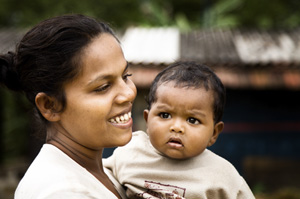
 The inadequacy of full-time, year-round minimum wage earnings to support a family. In 2009, single mothers earning the hourly minimum wage of $7.25 earned just over $15,000--well below the poverty level of $17,285 for a family of three. These earnings are far below the median U.S. family income (almost $50,000) and the median earnings of dual earning households (over $78,000).
The inadequacy of full-time, year-round minimum wage earnings to support a family. In 2009, single mothers earning the hourly minimum wage of $7.25 earned just over $15,000--well below the poverty level of $17,285 for a family of three. These earnings are far below the median U.S. family income (almost $50,000) and the median earnings of dual earning households (over $78,000). Part II: Social Scientific Perspectives on Making Change in America
Part II: Social Scientific Perspectives on Making Change in America Depression is more epidemic than the common cold, and we hear more and more about such issues as bipolar disorder, post-traumatic stress disorder, and suicide. On the one hand, we have begun to recognize a connection between mental ibellness and certain forms of violence – and while mental illness certainly doesn’t explain all forms of violence in America, it raises our level of concern about why people experience mental illness and whether we are doing enough about it. Fortunately, the Affordable Care Act will make
Depression is more epidemic than the common cold, and we hear more and more about such issues as bipolar disorder, post-traumatic stress disorder, and suicide. On the one hand, we have begun to recognize a connection between mental ibellness and certain forms of violence – and while mental illness certainly doesn’t explain all forms of violence in America, it raises our level of concern about why people experience mental illness and whether we are doing enough about it. Fortunately, the Affordable Care Act will make 
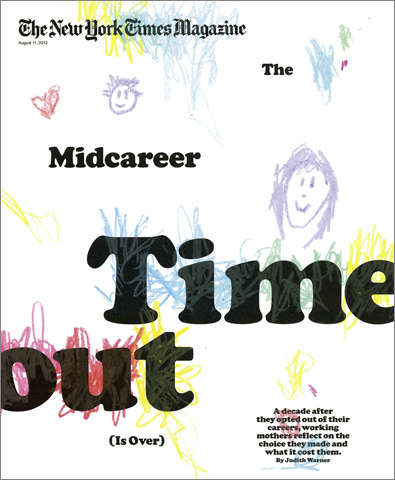
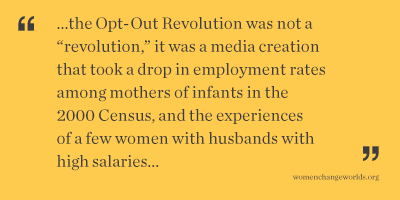 Meanwhile, media and popular attention remains focused on the message that women should solve the problems we face--of unfriendly workplaces, long work weeks, glass ceilings, and some men’s unequal sharing of household and parenting activities (often justified by workplaces that still think all men have wives who will support their husband’s careers)--by their personal, individual actions, rather than by our collective action to challenge the inequalities built into our economy, inequalities of gender, class and race. Women in the professions and in managerial jobs, who
Meanwhile, media and popular attention remains focused on the message that women should solve the problems we face--of unfriendly workplaces, long work weeks, glass ceilings, and some men’s unequal sharing of household and parenting activities (often justified by workplaces that still think all men have wives who will support their husband’s careers)--by their personal, individual actions, rather than by our collective action to challenge the inequalities built into our economy, inequalities of gender, class and race. Women in the professions and in managerial jobs, who 